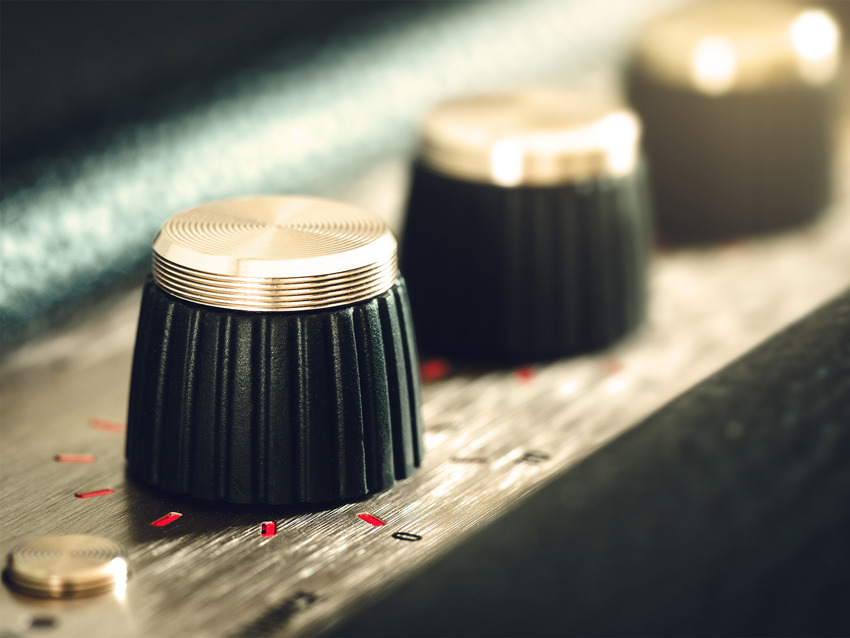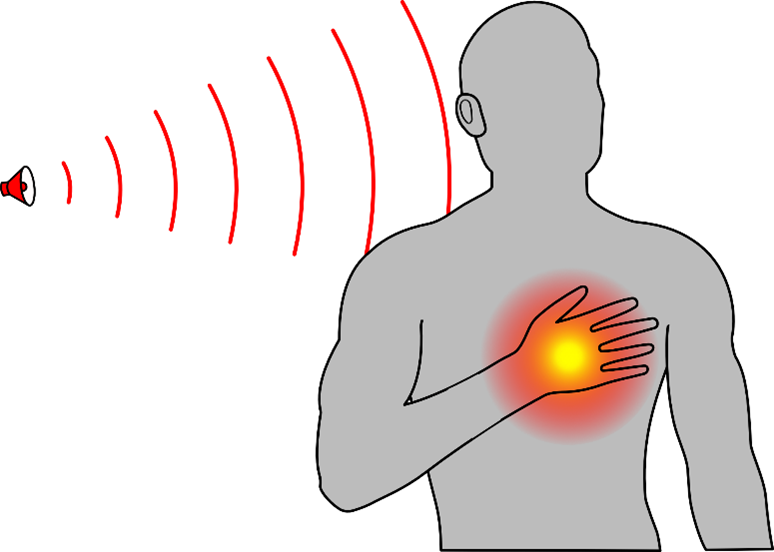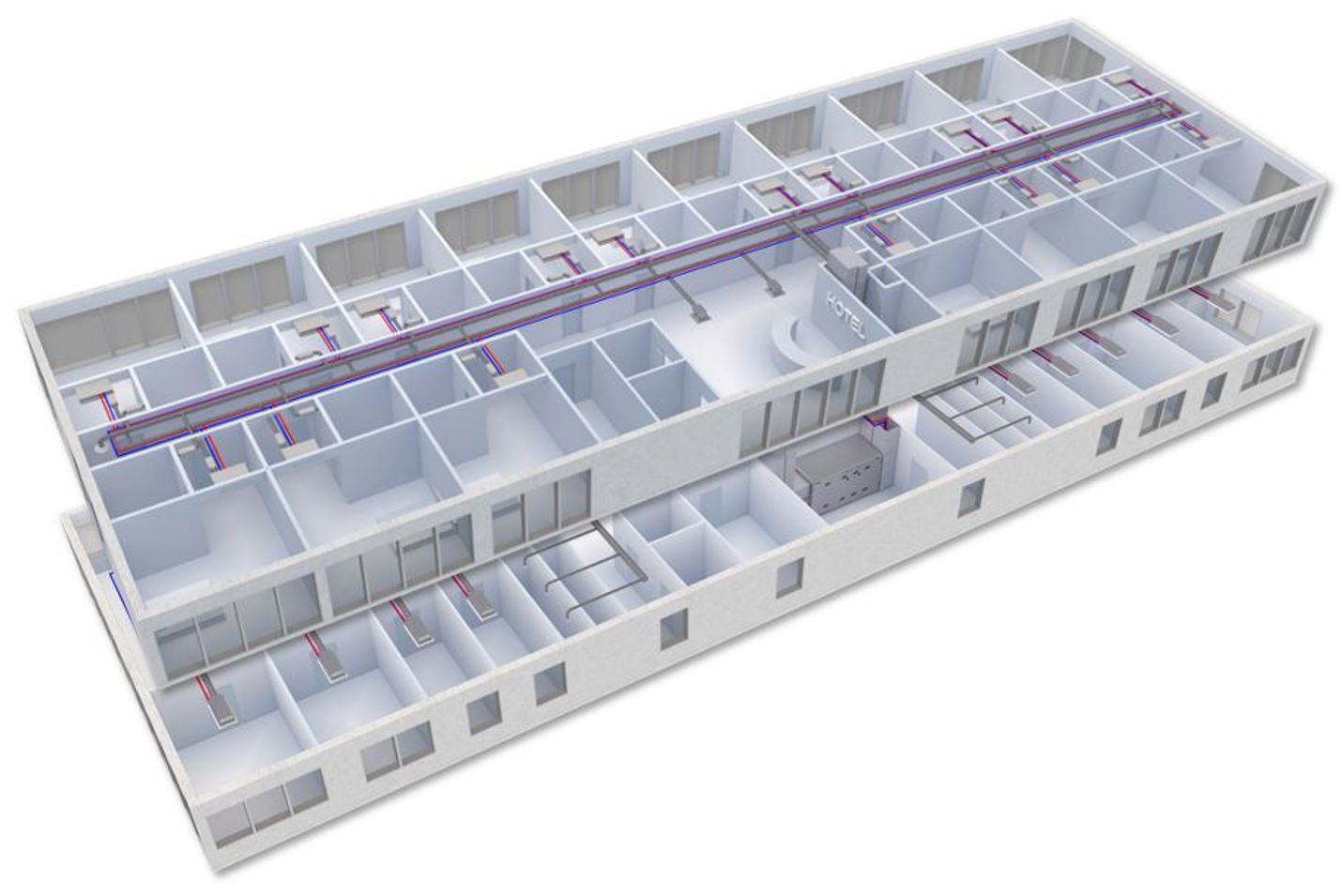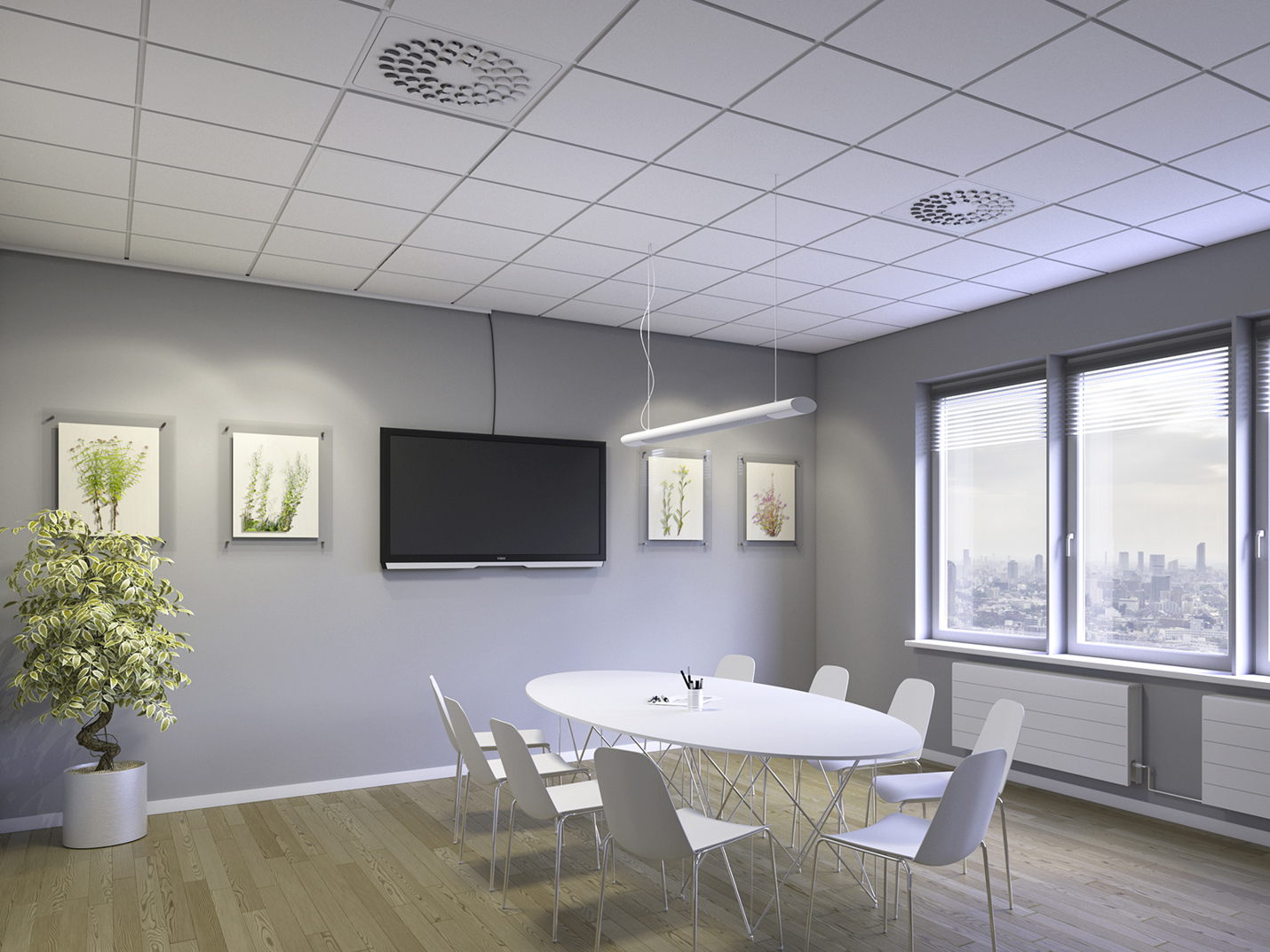Sound
Disruptive or desirable
We all have an opinion about sound. Some hear it as unpleasant noise, others enjoy sound in the form of music or sound from the ocean waves. But what is sound? What we perceive as sound is actually only pressure changes in the air. The pressure variations are propagated in wave form and detected as sound by our ears and brains. Easily described, the molecules in the air start to oscillate.


What is sound?
As described above, sound is variations in pressure generated by a sound source, e.g. a loudspeaker. The air molecules nearest the sound source are agitated which causes them to vibrate. The air molecules then bump into neighbouring molecules, which start to vibrate and bump the next molecule along, etc. The variations in pressure then propagate in a wave form through the air. The wave spreads to the human ear, where the eardrum begins to oscillate with the same wave motion as the molecules. Our brains convert the eardrum’s movement and produce sound.
Learn more
Sound in rooms
If we turn up the volume when we listen to music, the noise increases and the sound waves get higher. However, sound is affected by its surroundings, for instance by the walls of a room, the ceiling height and interiors. Learn more about volume, sound and attenuation in this section.
Read more here


How does sound affect us?
Sound is a key factor for the indoor climate and it greatly affects our health and well-being. Loud noise is not the only hazard in terms of sound, monotonous and persistent tones in the occupied zone can also cause long-term health problems. Estimates suggest that people together stand to lose millions of quality-of-life years. In Western Europe alone, about 20,000 years are lost to tinnitus, 60,000 years to heart disease and 900,000 to sleeping disorders.
As a matter of fact, deadly diseases in the West formerly linked to poor diet and lack of exercise, may actually be caused by an adverse soundscape. One of the most fatal diseases can cause cardiac arrest.

Productivity is also impaired by environmental noise. Studies point to a link between noise elimination and increased productivity. For instance, for each 1 dB of noise eliminated in academic environments productivity increases by 0.7%.
The noise from ventilation systems is one of the most common causes of complaints about the indoor climate in work environments and homes.
Typical noise from ventilation systems includes:
- Fan noise
- Throttling noise
- Air flow noise
- Cross-talk noise
Sources: World Health Organization, Burden of disease from environmental noise, 2011 I Kockat J, Dorizas PV, Volt J, Staniaszek D., Building 4 People: Quantifying the benefits of energy renovation investments in schools, offices and hospitals. Buildings 2030. Buildings Performance Institute Europe (BPIE), 2018 I Martin Ottersten, Development Engineer, Swegon.
Sound and acoustic requirements
With the previous section in mind, setting basic acoustic requirements, and constantly refining and working with those, is important for the well-being and human health. It helps to create indoor environments for people to enjoy, to be more efficient in their work, focused on their education or to simply get a good night sleep.
A qualitative acoustic climate is all about creating a positive sound experience depending on the purpose of the room or the building. Interesting is that when outside noise and other unwanted background noise is eliminated, other sounds appear clearer and can in themselves be disturbing. The remaining sound is perceived strengthened and it is therefore important to monitor the sound level of, for instance, the indoor climate installations that can create unwanted noise.

Swegon’s solutions for a better sound environment
Ideally, all noise is completely eliminated, but in reality the aim is to eliminate it as efficiently as possible. To create good sound environments in the context of ventilation, heating and cooling we have a whole palette of tools. Beside the solutions shown below, we also offer air diffusers that enables air to flow between an office and a corridor, for example, but without accompanying noise.

The secret to a quiet air handling unit
An air handling unit that is incorrectly designed may cause substantial disturbance with vibrations spreading disruptive noise in the immediate surroundings, which propagates through the ventilation system. To avoid having to deal with these problems, it is crucial to prevent vibration arising at the source.
Achieving this requires that each component of the unit is designed to fit into a balanced whole, free from the imbalances that cause vibration and noise. An example of this is Swegon’s GOLD, which is designed with key components such as our in-house developed fan impeller – custom-made for our GOLD units.
How do Swegon’s sound attenuators work?
Swegon’s sound attenuators use porous mineral wool as the sound-absorbing material. When sound waves penetrate the mineral wool, parts of the sound energy are converted, by friction, into barely discernible heat. The degree of sound attenuation obtained from an individual product is affected by the thickness of the mineral wool, air gaps and the length of the sound attenuator.
The sound attenuators are also designed to allow for aerodynamic properties so as to achieve the best possible sound attenuation with the least possible pressure drop for the passing air. This means that the fans in the system do not have to work harder, which saves electricity.
Listen carefully to the video clip on the right. Can you hear how the sound changes along the way?

